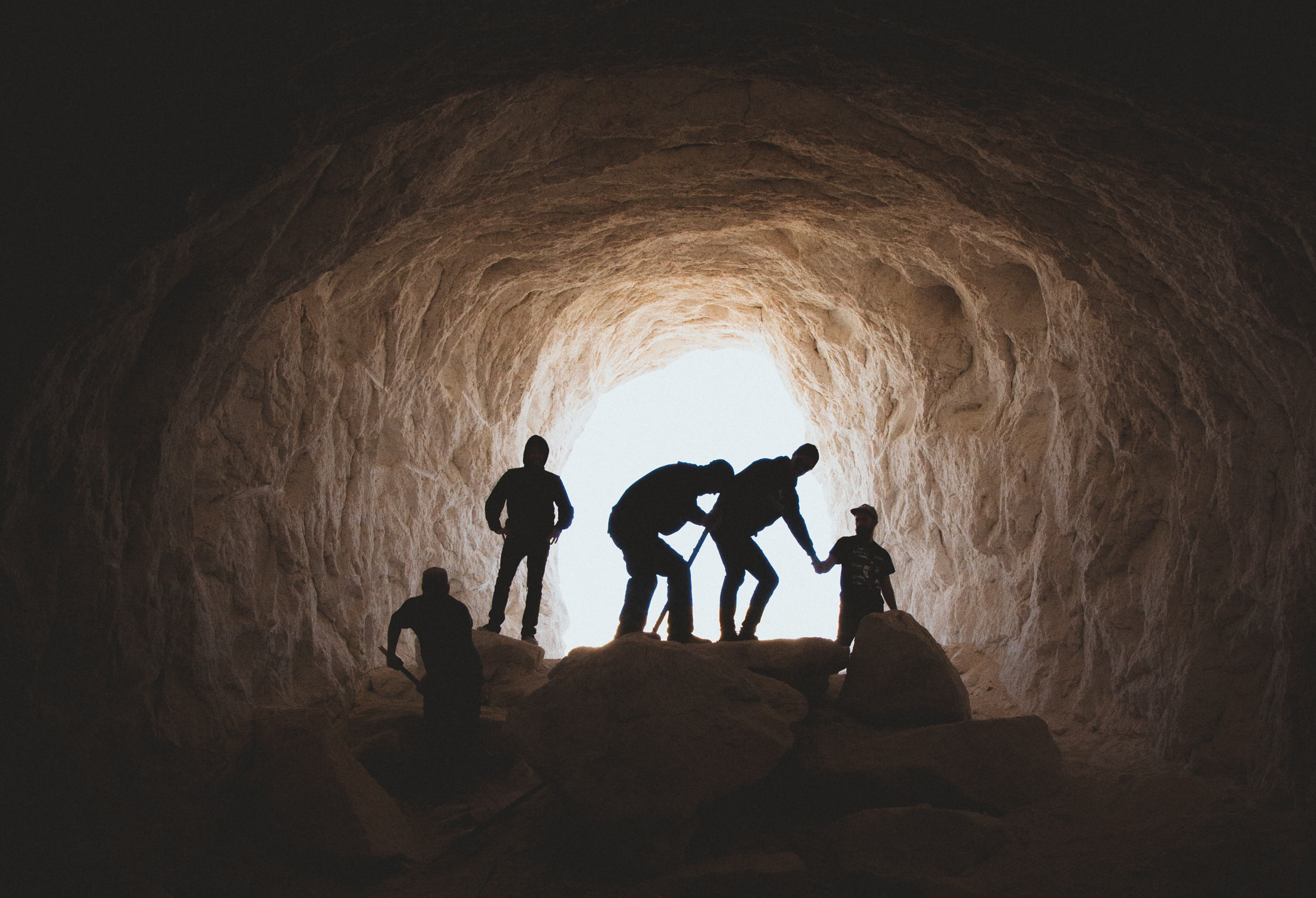When you look at the human experiment to date, robotics and automation have produced incredible benefits. Transportation is safer, and manufactured goods are cheaper. In the mining industry, automation is set to boost efficiency, remove workers from dangerous situations, and isolate mining houses from the whims of the market. These advantages are sorely needed in the aftermath of our most recent boom-bust cycle.
The downside, of course, is that a significant number of roles will be made redundant. Rio Tinto’s growing army of automated fleets don’t need lunch breaks. They go to work with a level of endurance and consistency that no human driver can hope to match.
To that end, many drivers will face a decision in the future: Learn how to control and monitor haul trucks remotely, transition to a different role within the mining industry, or leave the industry altogether. Meanwhile, as the dynamics of human resources continue to change on the ground, mining houses will have to make sure they deliver meaningful benefits to the communities in which they operate.
These considerations are more immediate than many people think, especially when you consider how fast automation is developing. Resolute Mining’s Syama gold mine in south Mali has already claimed the title of “world’s first automated mine.” The site – originally an open-pit mine that has since moved underground – is serviced by automated drills, supply-chain optimisation systems, and an automated loop of haul trucks that combine laser-guided navigation with GPS. In a 2019 interview, Resolute CEO John Welborn describes the company’s focus on “all-in sustaining costs,” wherein lowering the production cost per ounce of gold is more important than hitting production quotas.
It begs the question: As robotics and machine-learning evolve, will human expertise become obsolete? Will networks of autonomous drills and trucks, controlled by central analytics platforms, be able to develop and execute efficient plans without relying on people?
The simple answer is no.
Like many of the leading-edge automation projects we’re seeing today, Syama is bold and ambitious – but the term “fully automated” can be misleading. In the aforementioned interview, Mr Welborn cites operational issues as one of the reasons for the company’s share price performance in 2019 – and at that year’s Investing in African Mining Indaba, when asked if Syama represented the mine of the future, he spoke of how quickly technology can become outdated, concluding that “the mine of the future is still out there.”
Our purpose here is not to downplay automation and its promise to transform the industry, but to underscore the enduring value of people and partnerships – whether on the ground, in the control centre, or around the meeting table. With a dizzying array of new technologies coming to market, and a long list of operational challenges unique to each site, human input will become more of a vital resource, not less.
People will decide what technology to apply in a given scenario, and to what extent. We’ll need to monitor, direct, and maintain the systems we put in place. We’ll need to push the envelope on drill and blast engineering, so that every shot we fire unlocks downstream benefits at minimum cost to the environment. We’ll need to build better work cultures as we navigate tricky dynamics of social license and community engagement.
There is no laser-guided solution to these challenges. Working with the right people has always been the backbone of a successful mining operation, and unlike the latest high-tech offering, the human capacity to solve problems is not at risk of being outdated. Machines can and will do more for the mining industry – but so can people, and we need both.







